Topics:
Never Miss a Beat - Get Updates Direct to Your Inbox
FILTER:


How to Create a Winning SaaS Marketing Plan
By Quiet Light
In today’s competitive environment, it’s more important than ever to have an effective SaaS marketing plan in order to grow your software business. In fact, without one, success is doubtful at best.
Whether you’re heavily funded or bootstrapping an early-stage venture, this article will provide you with a clear roadmap for scaling your SaaS business and maximizing its value.


Importance of Building a SaaS marketing plan
Before diving into specific strategies, it’s essential to understand why your SaaS marketing plan is critical to your success.
There are several key reasons to create an effective marketing for your software business, including:
- Driving sales
- Scaling
- Maximizing profit
- Increasing your business’s value
Driving Sales
It may seem obvious, but it’s worth stating that your marketing strategy is the engine that drives leads and sales in your business. Therefore, it’s not difficult to see how it’s a critical component for your success.
Once a SaaS business has matured, it can often enjoy organic traffic and sales for at least a portion of its revenue. However, even organic traffic requires marketing efforts (such as content marketing). Not to mention, typically, organic sales only happen as the result of previous effective marketing efforts.
Thinking of Selling Your Business?
Get a free, individually-tailored valuation and business-readiness assessment. Sell when you're ready. Not a minute before.
Scaling
In the early stages of a SaaS company, the focus is often on SaaS metrics that are related to product development and refinement. While marketing is still important for attracting your initial customers, your marketing efforts might be somewhat conservative. However, once you’ve proven the viability and demand of your product, it’s time to step on the gas and scale your business.
When it comes time to scale, marketing is the driving force that fuels growth. The more consistently and predictably you can attract leads and customers, the easier it will be to scale.
“When it comes time to scale, marketing is the driving force that fuels growth.”
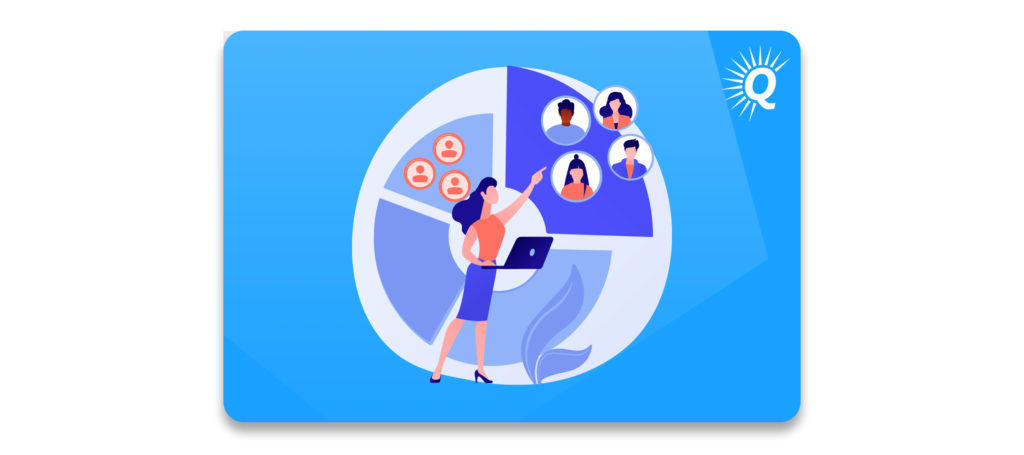

Maximizing Profit
Within digital marketing, there are numerous strategies that can lead to sales, but not all are created equal. As a SaaS business owner, it’s your job to identify the strategies that will enable you to minimize your lead acquisition cost (LAC) and customer acquisition cost (CAC).
Your ability to keep acquisition costs low will directly impact your business’s profitability. The less you have to spend on lead generation to acquire each potential customer, the more money you’ll have on your income statement.
“Your ability to keep acquisition costs low will directly impact your business’s profitability.”
Because all businesses are different, the strategies that are best for one company aren’t necessarily best for another. Therefore, it’s important to constantly test various approaches in order to develop the most successful SaaS marketing strategy for your specific business.
If your current strategies aren’t delivering cost-effective results, it’s a good idea to identify a more effective marketing strategy to help you reach your business goals.


Increasing Your Business’s Value
When you’re able to predictably drive sales, scale your business, and maximize profitability, there’s one natural outcome: Your business increases in value.
When it comes to business valuation, investors pay close attention to the growth and risks that a business displays. If your SaaS business is consistently able to drive sales with a high margin, it will be seen as one with high growth potential. If you have several different marketing channels, it will be seen as less risky, since your business doesn’t rely on a single source of traffic.
Additionally, if your SaaS marketing plan is well-organized and easy to manage, that will further contribute to increasing the value of your business. Of course, this will make a big difference should you ever decide to sell your SaaS business.


Components of a SaaS marketing plan
Understanding the importance of a SaaS marketing plan is one thing, but implementing one is quite another.
There are several key components for developing a winning SaaaS marketing strategy for most SaaS businesses. These include:
- Defining your target customer
- Determining your budget
- Establishing your goals
- Identifying marketing channels
- Email marketing
- Feedback and optimization
Buy a Profitable Online Business
Outsmart the startup game and check out our listings. You can request a summary on any business without any further obligation.
Defining Your Target Customer
“When you speak to everyone, you speak to no one.” – Seth Godin
Every business needs to define who its customers are. Without clearly understanding the target audience and buyer persona, it’s nearly impossible to develop an effective marketing strategy.
For SaaS businesses, there are several ways to research your target market. A few of these include:
- Social media
- Surveys
- Researching competitors
Because each market is different, the specific market research strategies may shift between markets. However, the goal is the same: To identify who your customer is and where they hang out.


Determining Your Budget
Of course, every business owner needs to consider their budget when devising marketing strategies.
If you’re running a business that’s backed by investor capital, you might be able to immediately try a variety of different marketing strategies. This enables you to quickly gather valuable information that you can use to determine the best path forward. From that point, you can dedicate a significant budget to pursuing the most effective strategies.
On the other hand, if you’re bootstrapping, you might need to proceed more cautiously. Instead of immediately testing many different marketing channels, you may want to carefully consider one or two that seem most likely to deliver results. Once you gain traction with one SaaS marketing strategy, you can consider exploring others.
Establishing Your Goals
Clarity is essential when it comes to building a business. If you don’t know where you’re headed, it’s difficult to make decisions that lead to success.
In the next section, we explore this topic in greater detail. For now, let’s just say that every marketing strategy should be based on a set of goals that make up the foundation of the company.
“Clarity is essential when it comes to building a business. If you don’t know where you’re headed, it’s difficult to make decisions that lead to success.”
Identifying Marketing Channels
No SaaS marketing plan is complete without identifying the marketing channels that will be utilized. In most cases, several channels have their place, each with its own set of strategies.
Common marketing channels include:
- Content and SEO
- Paid traffic
- Affiliate partnerships

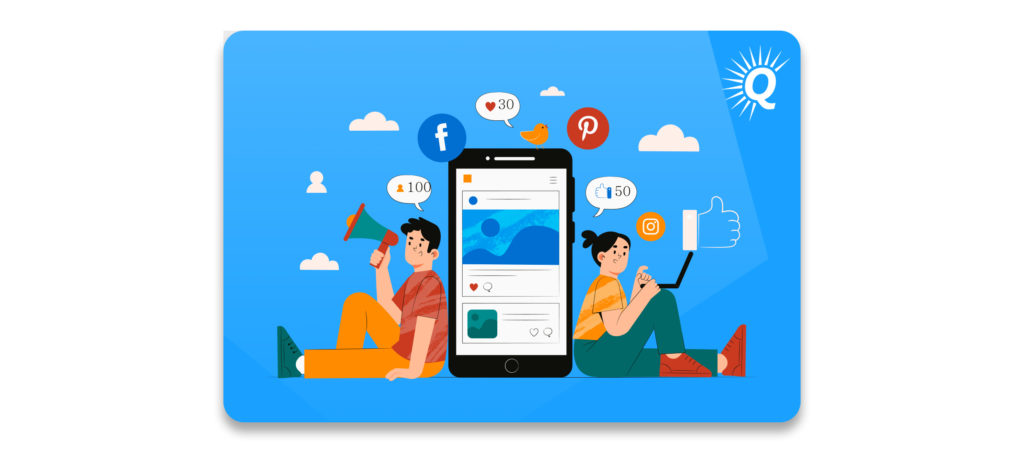
Content Marketing
Inbound marketing efforts such as content creation and SEO can be highly effective for many SaaS businesses. If you can create high-quality SaaS content that connects with your target market (i.e., blog post or video content), you can often generate cost-effective leads that are primed for conversion.
There are a few key components to creating an effective content strategy, including:
- Keyword and topic research
- Search engine optimization
- Content creation
- Content distribution
Each of these activities plays a crucial role in your content strategy. Often, it can take some time to gain traction with a content strategy or blogging strategy, but results can be incredible.
Paid Traffic
Paid traffic can be another excellent source for generating high-quality leads and customers. Social media ads and Google ads are often used in conjunction with a free trial.
One of the benefits of paid traffic is that it can allow you to control the flow of new leads and customers. Once you understand your metrics, you can simply increase or decrease your ad budgets based on the number of customers you’re seeking to acquire.


The main ‘downside’ of paid traffic is that it costs money. Not that any acquisition strategy is truly free, but activities such as content creation can continue attracting customers whether or not you continue spending money.
Affiliate Programs and Partnerships
Affiliate partnerships can be another effective way to drive sales and growth, especially when coupled with influencer marketing.
To utilize the power of affiliate marketing, you first need to decide whether you want to initiate your own affiliate program or join an affiliate network.
When you create your own affiliate program, you have complete control over how it operates. However, it also can require more work than simply joining an affiliate network.


Regardless of what route you choose, it’s crucial to ensure that each of your affiliates promotes your products and services in a way that is consistent with your marketing values. For example, you don’t want one of your affiliates making untrue marketing claims that could later lead to customer dissatisfaction or complaints.
Additionally, affiliate programs typically require active management, especially as they scale. However, if done well, they can be enormously effective.
Email Marketing
In today’s business environment, email plays an essential role in any SaaS marketing strategy.
Most SaaS marketing strategies don’t seek to acquire paying customers right off the bat. Rather, the first step is typically focused on generating leads. From there, SaaS businesses provide value (i.e., free trial and content) until the potential customer is ready to become a paying customer.
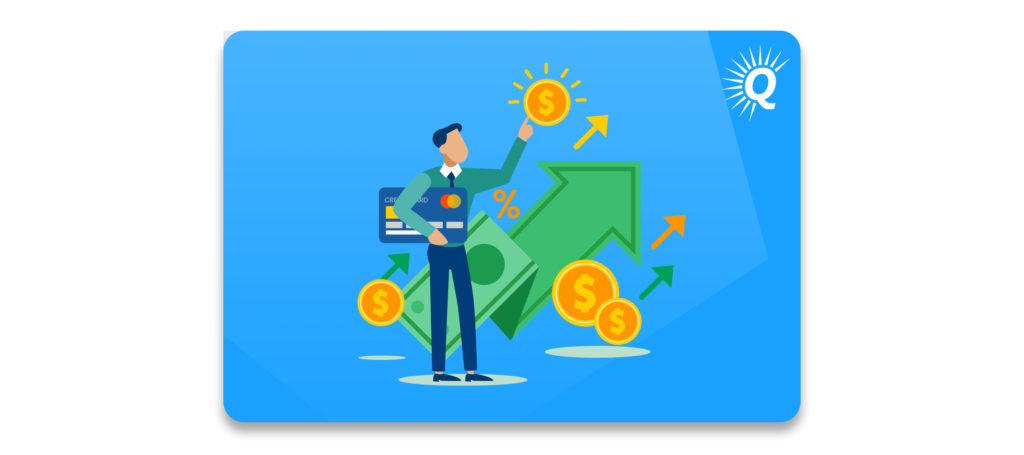

Generally, the ‘nurture’ process happens largely via email marketing. Email is the channel by which your SaaS company consistently provides value, establishes trust, and builds relationships. If executed well, email marketing can be a powerful tool for turning prospects into customers. This is true for both B2C and B2B SaaS marketing.
Additionally, email is an important tool for staying in communication with each new customer, gathering feedback, and customer retention efforts.
Gathering Feedback and Optimizing
No marketing strategy is complete without a process in place for improvement and optimization. When implementing a marketing strategy, it’s important to constantly measure results and refine your approach.
Instead of just creating a marketing plan and letting it run, be sure to set up systems for measuring each activity that you engage in. Additionally, make sure that you’re routinely looking at your numbers in order to track your progress. Some SaaS founders like to establish a weekly ‘scorecard’ that allows them to consistently track their marketing metrics.
“No marketing strategy is complete without a process in place for improvement and optimization.”
When reviewing your marketing results, take some time to optimize each of the marketing activities you’re engaged in. By doing this on a consistent basis, you’ll be able to constantly improve your marketing and create a better sales process for each SaaS product you sell.


How to Define Your SaaS Marketing Goals
Once you’ve identified the elements you want to include in your marketing plan, the next step is to establish your goals.
Since each business is different, it’s important to define your goals in context to your current state. When establishing marketing goals, two key considerations are:
- Budget
- Stage
If you’re working with a shoestring budget, it’s probably not realistic to expect 1000% growth in a short period of time. Setting such a goal will likely lead to failure and disappointment. Similarly, if you have more capital to work with, your acquisition strategy and goals should reflect that reality.
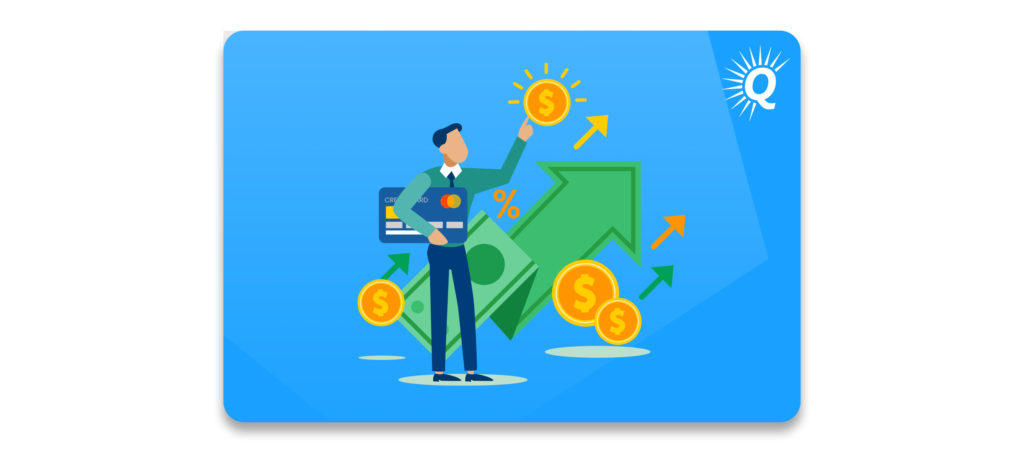

“Since each business is different, it’s important to define your goals in context to your current state.”
Additionally, your growth marketing goals may shift based on the current state of your business.
When you’re first building a SaaS platform, your primary focus should be on testing and refining. Therefore, your goals at that stage should be oriented around gathering information rather than driving as many sales as possible.
On the other hand, when you’re seeking to scale, revenue becomes a more important metric. Of course, regardless of what stage you’re at, marketing goals should always be evaluated within the context of your broader business vision.
Key SaaS Metrics
Although your goals will vary based on your company vision, budget, and stage, there are a few metrics that are important to track in all SaaS businesses. These include:
- Conversion Rate
- Customer Acquisition Cost
- MRR and ARR
- Average Revenue per Customer
- Customer Lifetime Value
- Churn Rate


Our article about SaaS metrics goes into great detail about each of these metrics. For now, we’ll just say that each of them is important and should be considered when establishing your marketing strategy and customer success plan.
Tips for Implementing Your SaaS Marketing Plan
Once you’ve established your goals, it’s time to implement your SaaS marketing plan.
There are a few key tips that can help maximize your success when executing your marketing strategy:
- Work with great people
- Create effective systems
- Establish accountability
- Always be learning and optimizing
Work with Great People
Everything becomes easier when you work with great people. As an owner, you have many responsibilities, but none is more important than ensuring that you have an excellent marketing team.
“When you have a reliable team, your job as the owner becomes easier.”
When you build a great team, you can rest assured that all responsibilities will be carried out with competence. Whether it’s email copywriting, analyzing Google Analytics, Facebook ads, Instagram paid ads, outbound marketing, or social media marketing management, it’s important to know that you have the right people in the right SaaS marketer roles in order to succeed.


Additionally, when you have a reliable team, your job as the owner becomes easier. Instead of wasting your time micromanaging, you can stick to the responsibilities that align with your skillset. Not to mention, you’ll avoid a lot of stress and anxiety if you don’t need to constantly look over everyone’s shoulder.
Create Effective Systems
If you’re a one-person operation, you might be able to get away with minimal systems. However, if you’re running a team, it’s essential that you have systems in place to ensure that all activities are carried out effectively.
Many businesses seek to establish Standard Operating Procedures (SOPs) that outline how various tasks should be performed. This ensures both clarity and consistency in all aspects of your business. Additionally, if a role is replaced, SOPs make it much easier to train the new team member.
A few marketing areas that should have clear SOPs and systems in place include:
- Content marketing
- Social media
- Influencer marketing
- Email marketing
- Referral marketing
- Ads management
- Conversion rate optimization
To a large extent, systems and SOPs can help significantly with marketing automation.
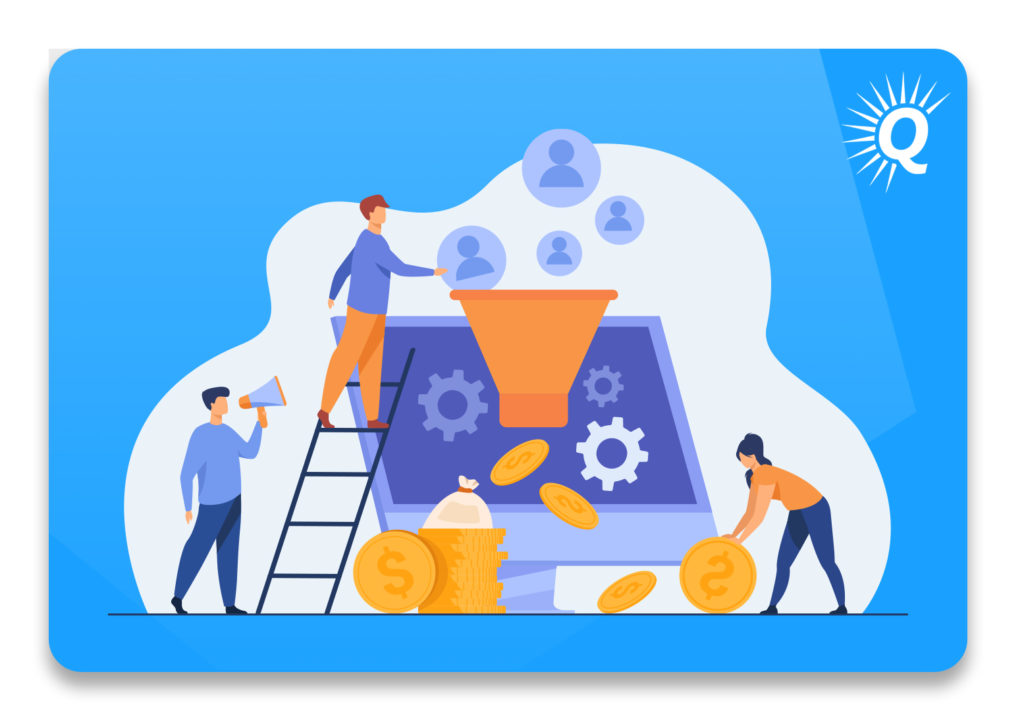

Establish Accountability
Hiring great people and creating effective systems are important. However, it’s also essential that accountability is built into your business.
To establish accountability, make sure that all roles and responsibilities are clearly defined. If you create a marketing campaign to create more brand awareness, you shouldn’t just post it on your team’s agenda and expect it to get done. Rather, it should be clearly understood who is in charge and what the expectations are.
When you clearly define what each person’s responsibilities are, things tend to get accomplished.
Learn and Optimize
Once you have great people, effective systems, and clear accountability, you’ve built the ‘system.’ Now, it’s important to constantly be learning and optimizing in order to improve.
In general, it’s best to dedicate time to evaluate all aspects of your business regularly. This enables you to identify what’s working, what’s not, and how to improve for the future. As mentioned in a previous section, many businesses find that it’s helpful to establish a weekly ‘scorecard’.


“When you have a reliable team, your job as the owner becomes easier.”
When using a marketing scorecard, it’s important to include all aspects of your marketing efforts that can be tracked and measured. For example, consider tracking metrics such as email open rates, conversion rates, return on ad spend (ROAS), website page views, search rankings, and influencer marketing return on investment (ROI), to name a few.
Each metric should be associated with or ‘owned by’ a particular individual on your team. This ensures that someone pays attention to each metric and seeks to optimize them. If you hold traditional marketing meetings, consider having each team member report on their respective metrics.
In addition to tracking your metrics, you should also be constantly seeking new ways to grow. Again, if you have a great team, each team member should be able to put forward ideas for their particular areas of expertise. By working together, you can use this framework to constantly improve and optimize your SaaS marketing plan.
Thinking of Selling Your Business?
Get a free, individually-tailored valuation and business-readiness assessment. Sell when you're ready. Not a minute before.





